10 Dog Breeds That Run Away & What You Can Do About It
Go ahead and put a GPS tracker on their collar for true peace of mind 🐕📍😌
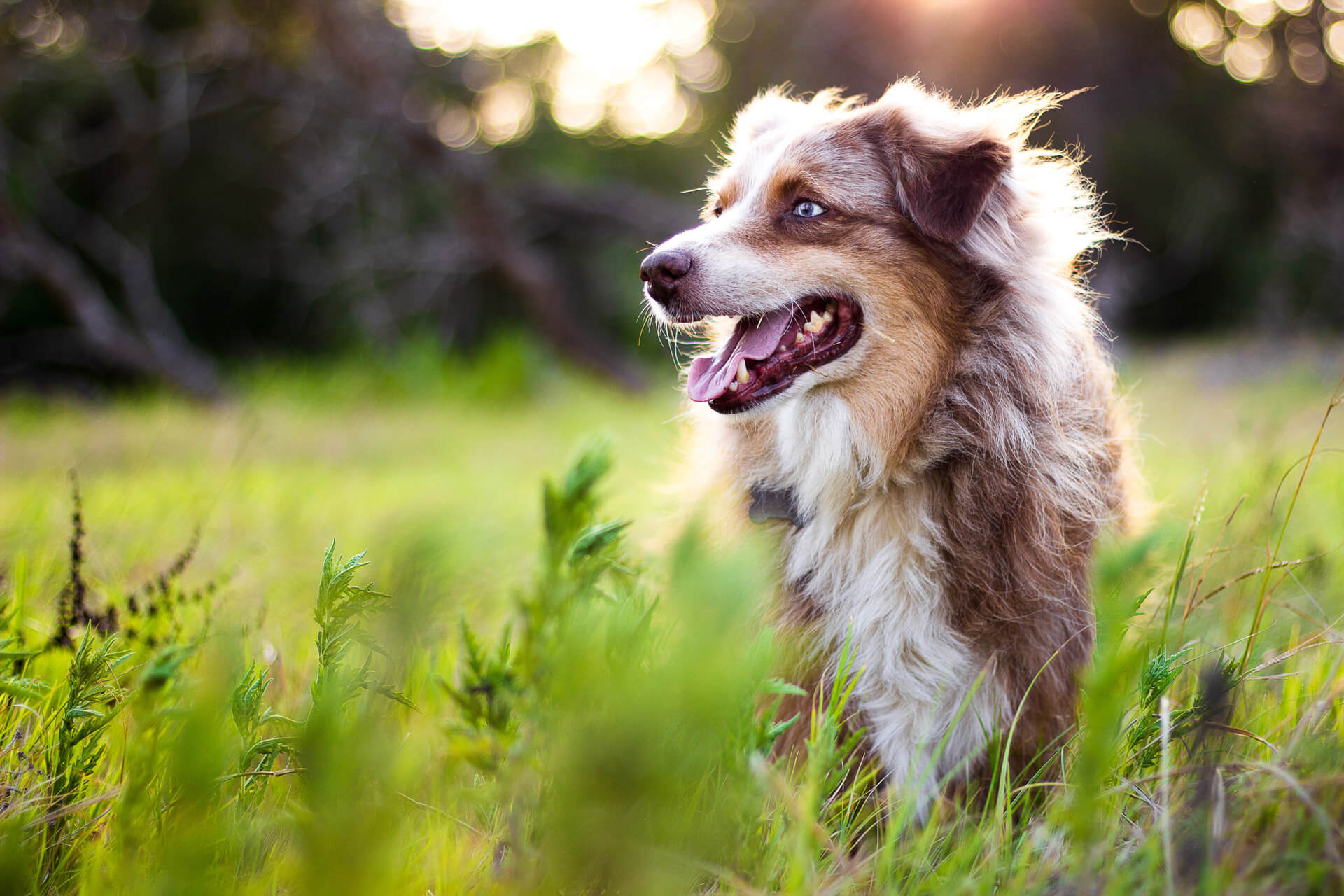
Some dogs are particularly well-known for their adventurous spirit and, well, their tendency to take off. If you’re wondering whether your furry friend might be one of those free spirits, or if you’re considering adopting a breed that loves a good escape, this guide is for you. We’ll cover the top ten dog breeds that run away as well as a few reasons why dogs run away. Most importantly, we’ll explain what you can do to prevent escapes and keep them safe.
Key Takeaways
Active, intelligent dog breeds might be more likely to get bored easily or need more exercise – all factors that can make them run away.
In other cases, dogs with high prey drive or that haven’t been spayed/neutered yet might run away due to their instincts.
Besides a microchip, a Tractive GPS tracker can help you follow your dog’s every step in real-time – and find them in no time, no matter how far away they run.

Always know your buddy is healthy & safe
Read more10 dog breeds most likely to run away
Around the world, about 10 million dogs go missing every year.1 So if your dog keeps running away, you’re not alone, and you wouldn’t be the first to wonder if their breed has something to do with it. Here are a couple.
1. Australian Shepherd
Curious, friendly, and highly excitable, Australian Shepherd owners typically lose this breed about 0.9 times a month. Australian Shepherds are an active dog breed that also makes for excellent running dogs. (Or your best bud on your next hiking trip.)
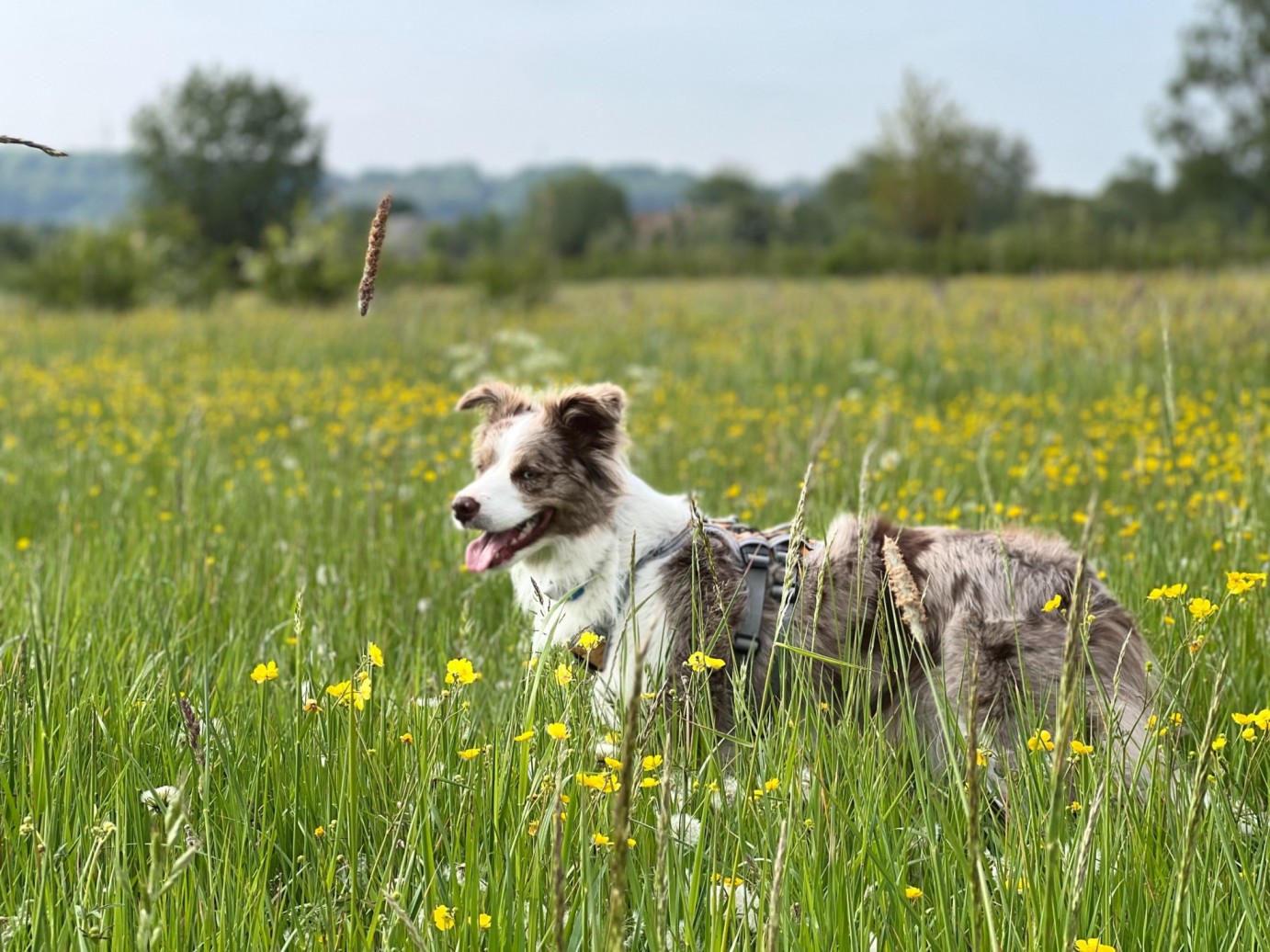
💡Pro tip: Do your best to tire out your Australian Shepherd to prevent them from running away. They need a ton of exercise to stay happy, healthy, and fit. And one of the prime reasons dogs run away is pent-up energy. (Which can lead to them getting bored because they’re not getting enough activity.)
2. Labrador Retriever
Another runaway dog breed are Labrador Retrievers. Dog parents typically lose their Labs about 2.13 times a month. Because much like Shepherds, your Lab is likely to keep you on your toes with how much energy they have! Plus, with their friendly natures, Labs might run off to investigate some nearby sight, sound, or smell to become best buds.
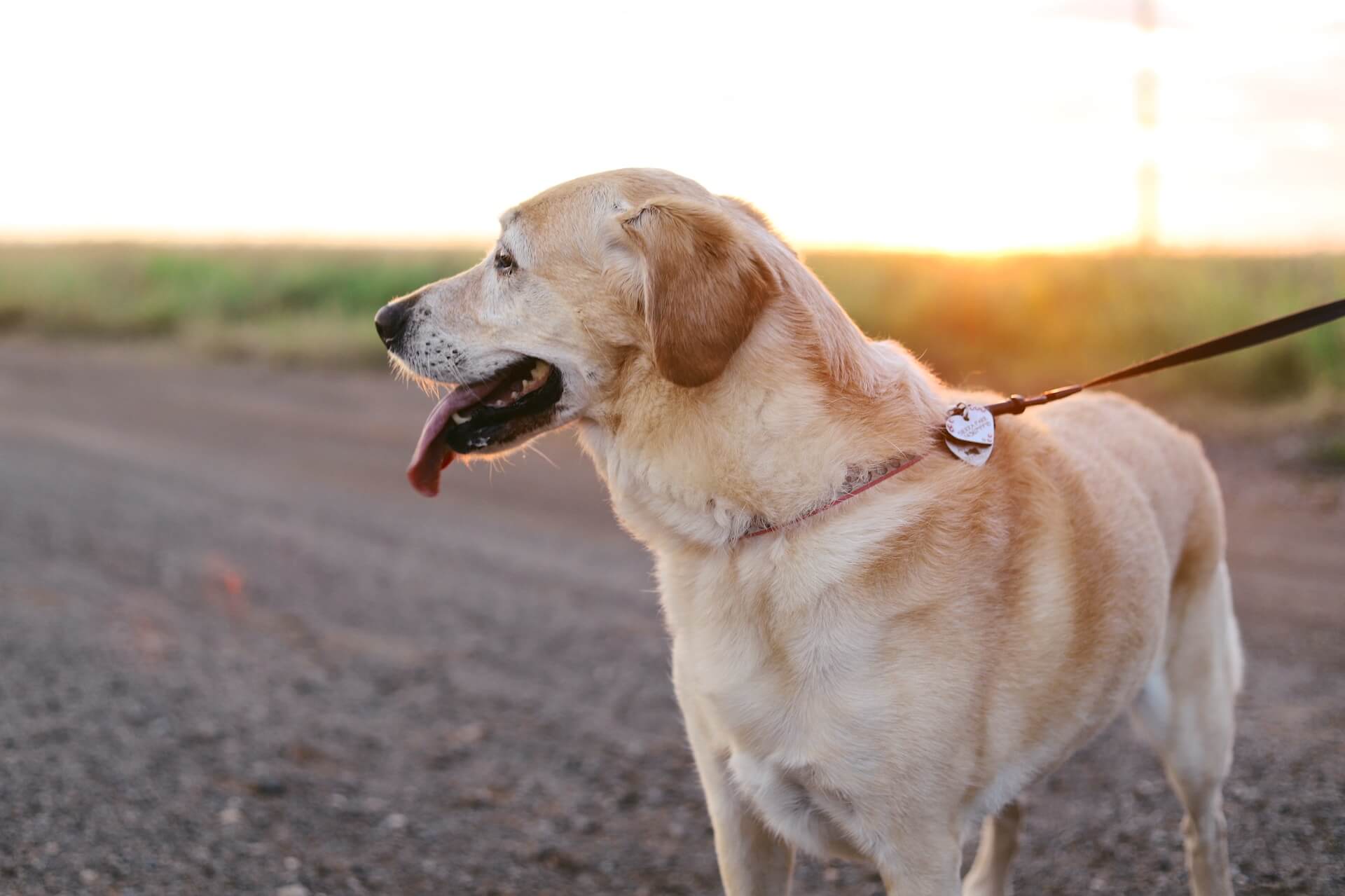
💡Which is why we’d always recommend you revisit your Lab’s basic training to help curb their runaway instincts a bit. Retraining your buddy’s recall can both help you spend quality time with them, keep them mentally active, and help reduce their tendency to bolt away from you.
3. Treeing Walker Coonhound
Descending from a long line of hunting dogs, Treeing Walker Coonhounds are another runaway dog breed to watch out for. Dog parents typically lose this breed about 0.9 times a month. One of the prime reasons your Coonhound might run away is their high prey drive. Aka, their hunting instincts kicking in and driving them to chase down a raccoon, deer, squirrel, or some other woodland animal.
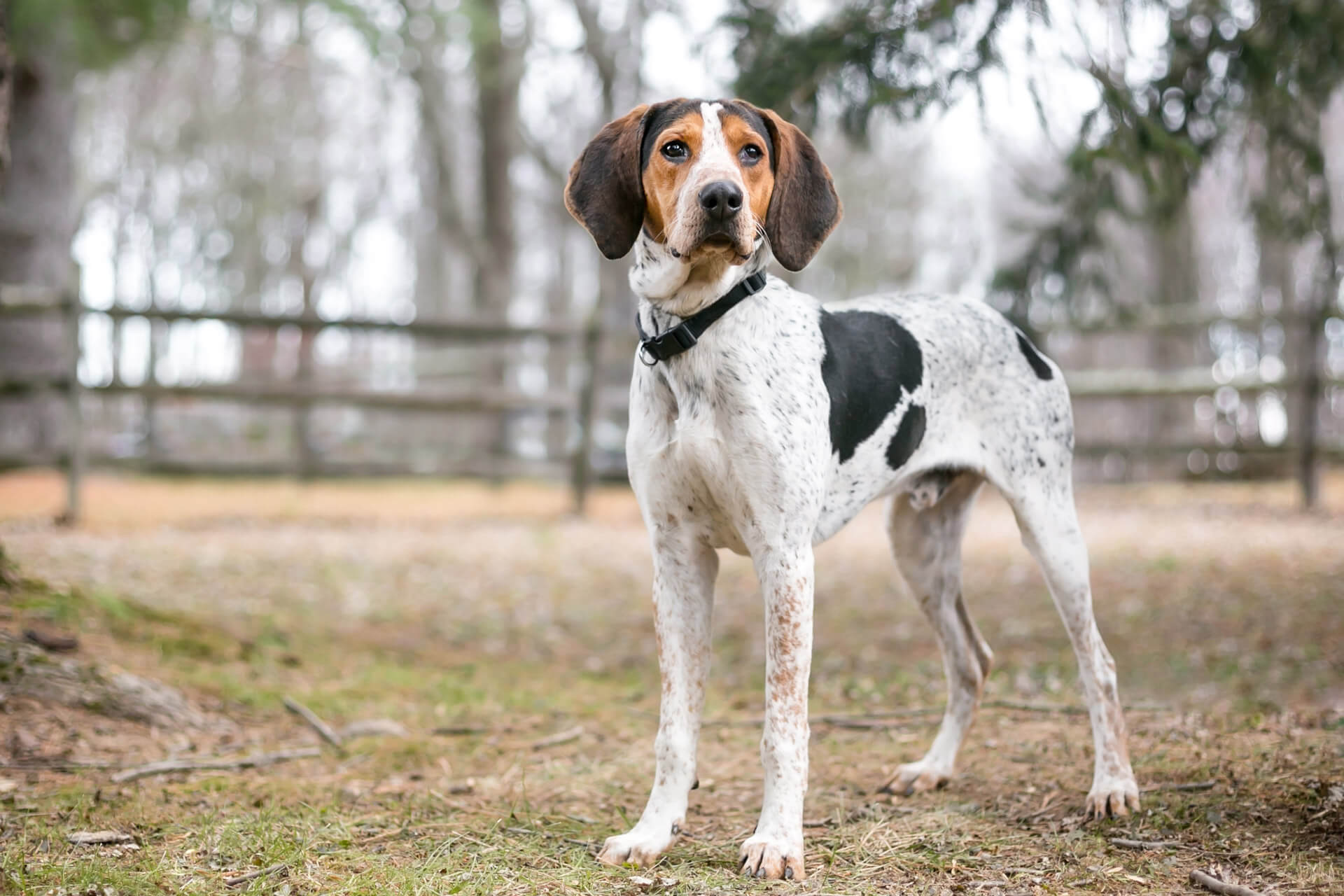
💡Coonhounds make for excellent running dogs. But when they’ve caught scent of “prey”, they can reach speeds of up to 22 miles (or 35 km) per hour! So it might not be the best idea chasing them down. So we’d highly recommend making sure yours is microchipped so a helpful stranger can take them to a vet, scan their microchip, and contact you.
4. Jack Russell Terrier
Small, swift, and just brimming with energy, Jack Russell terriers need to stay occupied to prevent an escape attempt. Jack Russel owners typically lose their dog about 1.2 times a month. These little buddies are excellent family dogs, especially if you have young kids at home. But watch out: Jacks need a ton of exercise and mental stimulation to stay engaged. (Else they might get bored and engage in destructive behavior instead.)

Luckily, Jacks are an intelligent, trainable dog breed. So you can keep them engaged by upgrading their basic training and teaching them more complex tricks instead. (Like play dead or high five.) Besides, with a few DIY dog toys (like some of your old clothes tied together into a “rope”), you can keep them busy with games like tug of war or hide and seek.
5. German Shepherd
Despite being one of the most intelligent, trainable, obedient breeds out there, German Shepherd owners lose this breed about 1.5 times a month. Which seems counterintuitive, right? After all, German Shepherds are well-known for their discipline and low distractibility. (Making them excellent police sniffer dogs.)
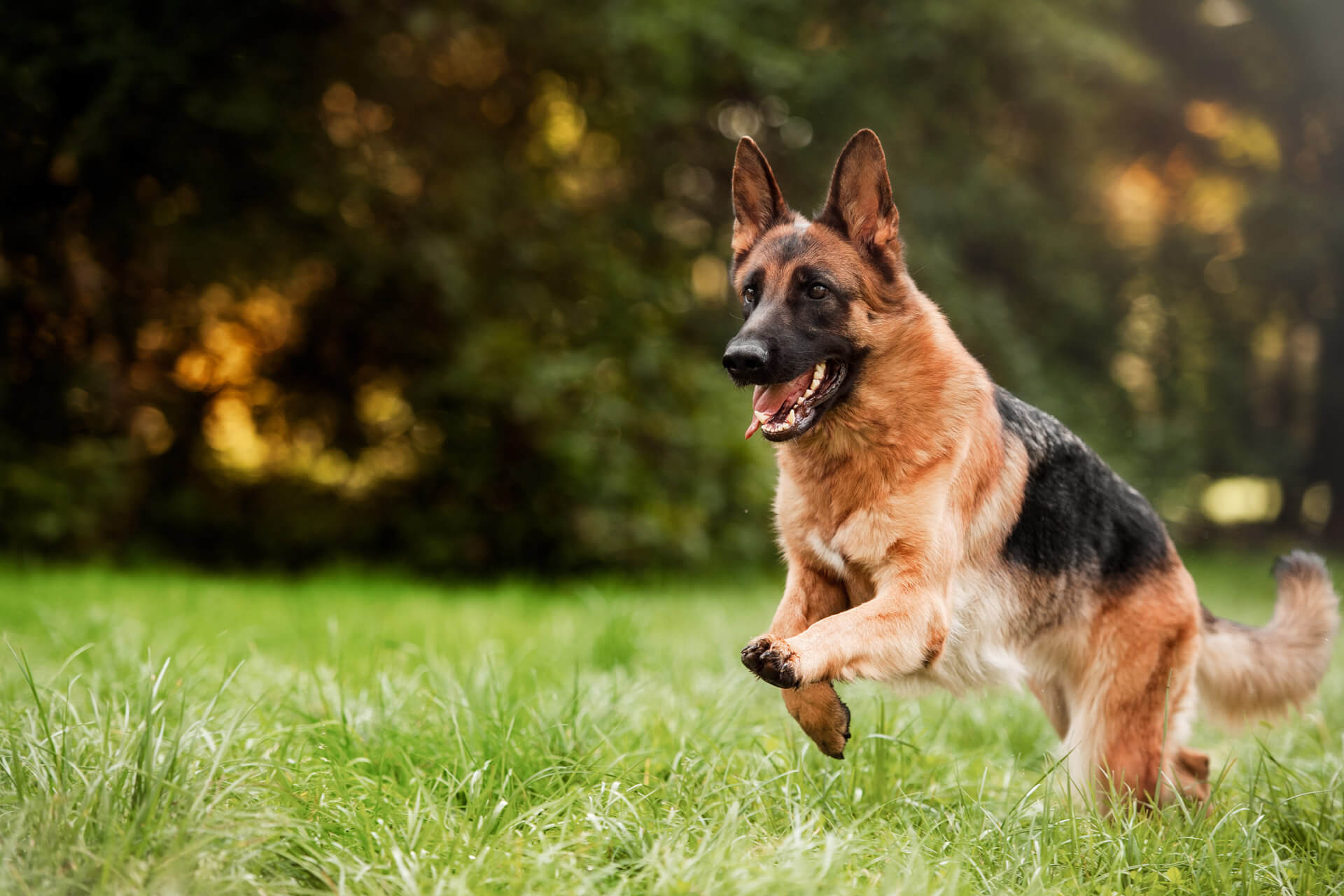
⚠️ But it’s actually your Shepherd’s sense of smell that might drive them to run off and investigate something in the woods or wilderness. (Or if they’ve smelled a female dog in heat nearby.) Or chase down “prey” – which might even include other pets or people.
6. Spaniel Breeds (Cocker Spaniels, English Spring Spaniels, Cavalier King Charles)
With their gorgeous coats and friendly temperaments, Spaniels are affectionate and curious. Their curiosity, combined with their love of following scents, can lead them to wander off if they catch an interesting smell. Unfortunately, Spaniel owners lose this breed about 0.9 times a month.
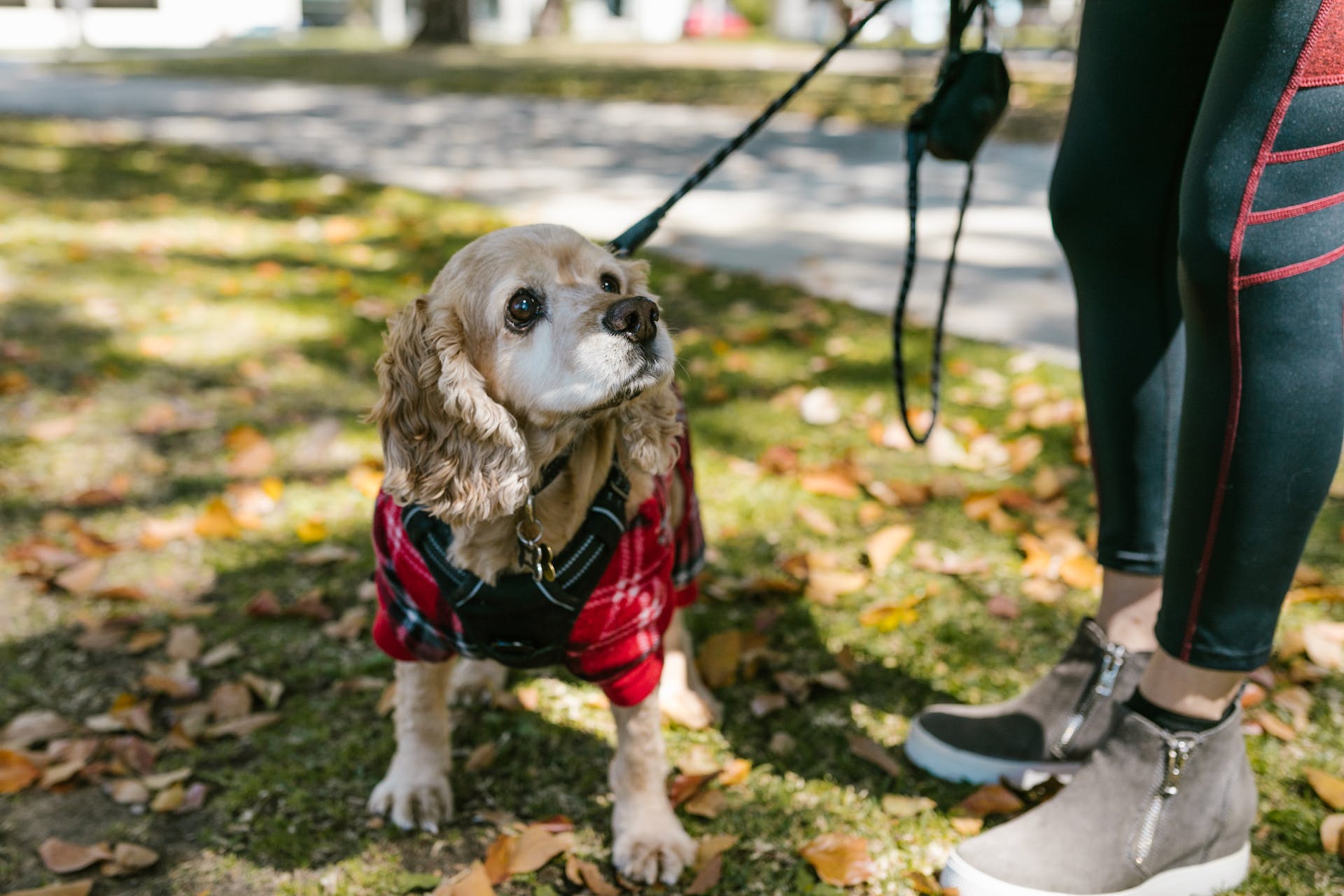
Even scarier, Spaniels are also prime targets for dognapping attempts. They were the third most commonly stolen dog breed during the COVID-19 lockdowns. (With up to 34 Cocker Spaniels stolen in the UK alone!)2
7. Border Collie
Intelligent and highly active, Border Collies were historically trained as herding dogs. So it’s more common you’ll find them running around farms and green spaces, burning off some energy. Sadly, Border Collie owners lose this breed about 1.2 times a month.
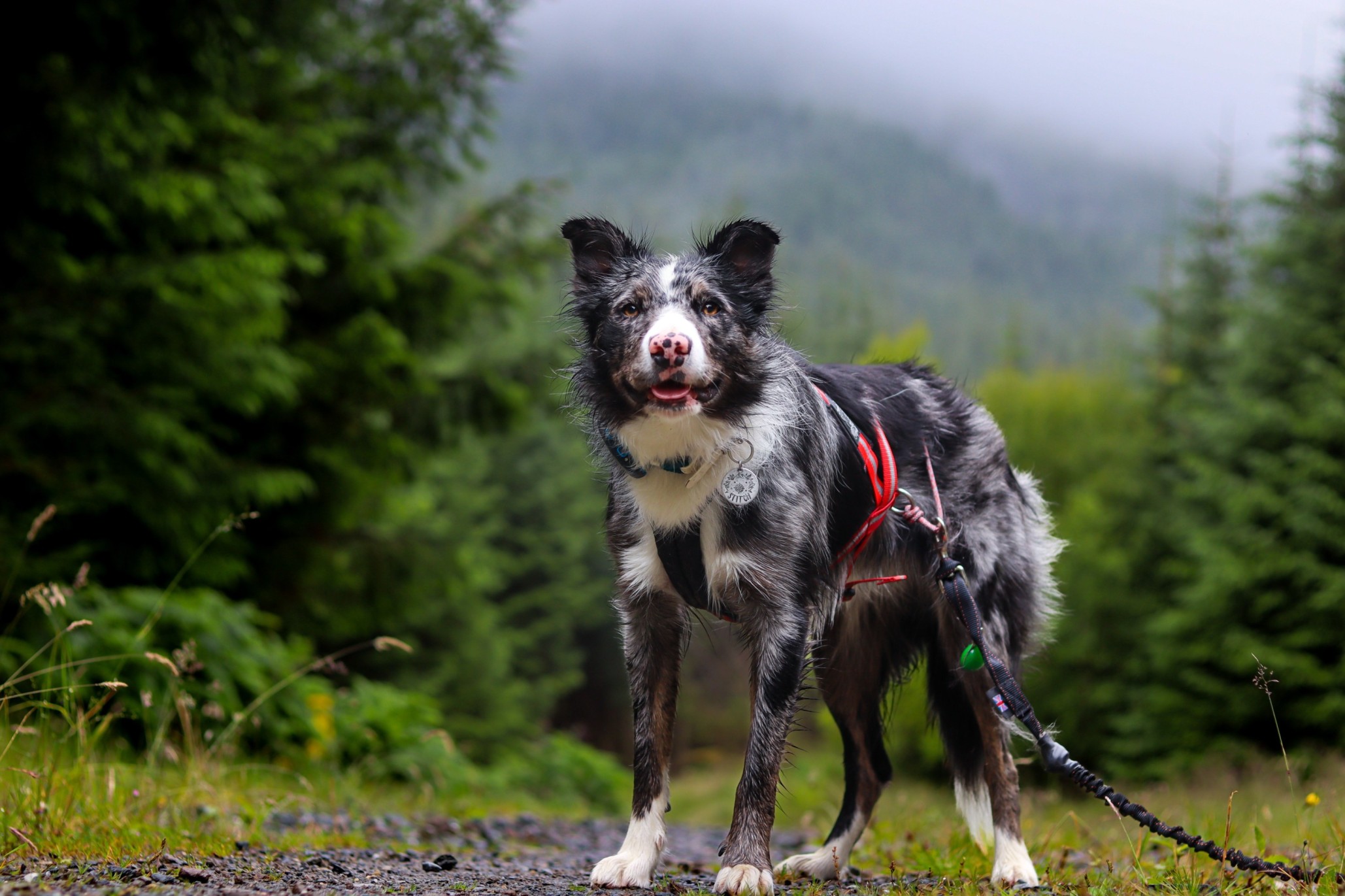
If you live on a farm or a large property, you might’ve considered building a fence to keep your pets in. But besides being expensive to set up and maintain, your Border Collie is smart enough to dig under a fence – or just jump over it. Plus, vets around the world discourage the use of invisible dog fences or e-collars that rely on static shocks to train your dog their boundaries.
8. Bernese Mountain Dogs
Affectionate and protective, Bernese Mountain dogs are a powerful breed originating from Switzerland. They were originally bred as herding and draft dogs, pulling heavy loads in farms. Bernese Mountain dogs are loyal to a fault and attach quickly to their families. Even so, they’re likely to get lost around 0.9 times a month.
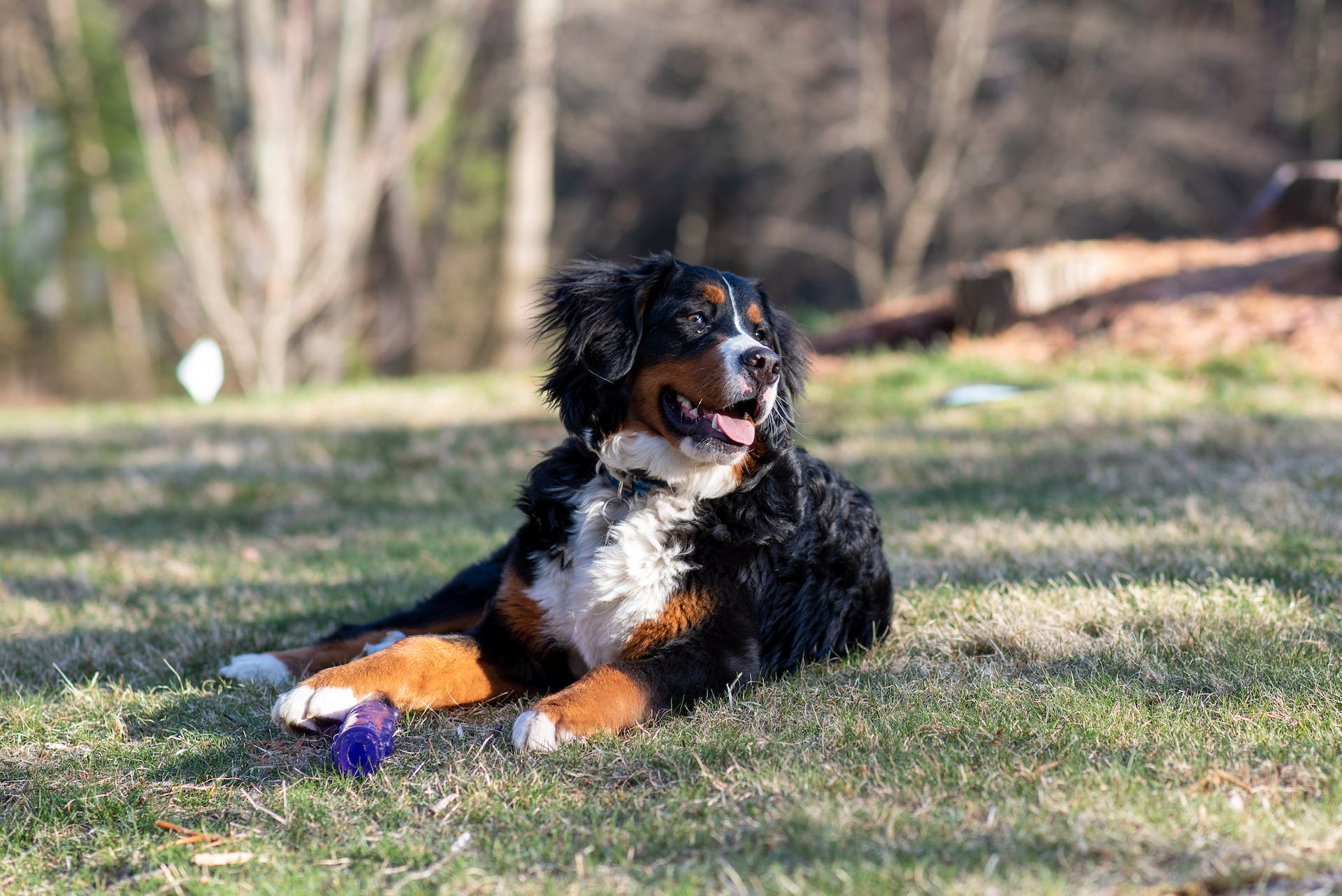
⚠️ A key reason for your Bernie’s runaway dog instinct is separation anxiety. Bernese Mountain Dogs are especially vulnerable to developing it because of how they attach to you as their primary caregiver.
Separation anxiety in dogs is also a major reason why they run away. Which is why it’s a good idea to ensure you’ve gotten your Bernie microchipped and equipped with a GPS tracker when you’re out and about. So you can help them slowly build trust in you and learn to rely you’ve always got their back.
9. Great Danes
Sociable, goofy, and an all-round gentle giant, Great Danes still count as a runaway dog breed. Like with Border Collies, Great Dane parents are likely to lose their dogs around 1.2 times a month. One breed-specific temperament trait might be one reason. Aka, your Great Dane’s need for alone time after a long day of socializing with people, pets, and pet parents.

10. Belgian Malinois
Smart, strong, and swift on their feet, Belgian Malinois are another dog breed from the Shepherd family. And like their cousins, they were trained to herd cattle and guard farms from invaders. Making them a highly intelligent, active, and easily bored runaway dog breed that’s likely to get lost around 1.2 times per month.
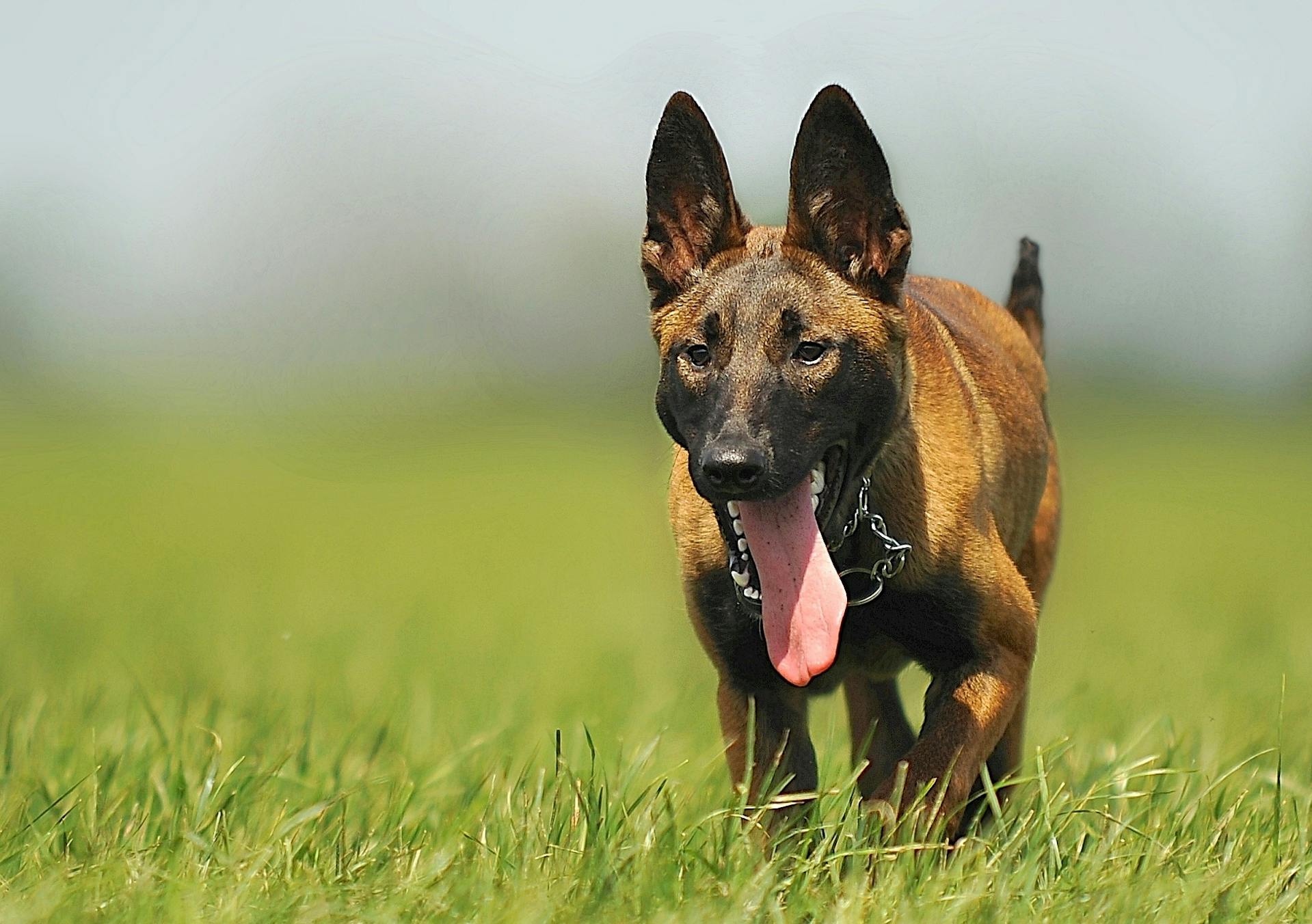
So there you have it – ten dog breeds that are most likely to run away. If you have one of these runaway dog breeds a GPS dog tracker can be a lifesaver.
Why do runaway dog breeds tend to…well, run away?
Dogs run away for a whole bunch of reasons – besides the ones we’ve covered, like a need for exercise. But just to wrap up, here are some other important reasons underlying these runaway dog breeds’ escape artist tendencies.
- Boredom
Active dogs tend to be highly intelligent, also needing a ton of mental stimulation. A bored dog is one that’s likely to run away to find distractions or new playmates. Keep them busy by training them new tricks, trying new exercises, or even setting up a homemade backyard obstacle course to keep them engaged. - Fear
Loud noises are a common reason why dogs go missing. In fact, more dogs go missing around the 4th of July than any other day of the year. So if you’ve got loud fireworks or thunder around you, an open door or backyard gate can be enough to inspire an escape attempt. - Training
If your dog has never learned that it’s forbidden to leave the safety of your backyard, both of you might only learn the consequences the hard way. (Aka, if they get lost outdoors.) So as important as it is to train your dog to learn their boundaries, it’s equally important you learn to stand your ground when they protest. - Temperament
Runaway dog breeds tend to be curious, inquisitive, and adventurous. So they’re more likely to explore the great outdoors when out on a run or on a hike. - Instincts
Prey drive can cause dogs to chase down woodland animals – or even other pets or people. Likewise, if your dog hasn’t been spayed/neutered, they might wander off to find themselves a mate.
So take some time to really get to know your dog – and what tends to drive them to bolt off. Some might respond quicker to another dog in their territory. (While another might just disapprove of your local bird population.) This can help you reliably pre-empt an escape attempt for the long run.
Keep your runaway dog safe – no matter why they escape
If you’ve got an escape artist in your family, their safety should always come first. So with these steps, you can stay on top of your runaway dog’s safety, once and for all.
- Make regular exercise a priority
Most runaway dog breeds to need a high amount of daily movement to tire out. - Follow your local leash laws
Ensure your dog is used to a leash and collar (or harness.) Here’s a complete guide to leash training a puppy or dog. - Take some time to know your dog and pick up on their instincts
Prey drive, mating instincts, or even territorial instincts can all cause your buddy to bolt the fence or run off into the wilderness. - Ensure your dog is microchipped
A 10-minute, painless, affordable procedure, microchips are like a permanent ID tag for your dog. They can help a vet or local shelter identify you by scanning your lost dog’s microchip – and then contacting you to inform you they’ve found your dog. - Invest in a dedicated dog GPS tracker to stay on top of your runaway dog’s adventures.
Some dogs are more inclined to run than others, and understanding your dog’s breed tendencies can help you keep them safe. With the right mix of exercise, training, and technology like GPS tracking, you can keep your four-legged escape artist close to home and out of trouble.
If you’re curious about how a GPS tracker can make a difference, check out the Tractive GPS Dog Tracker and explore how it helps you keep track of your furry friend’s adventures – no matter how far they want to roam.




